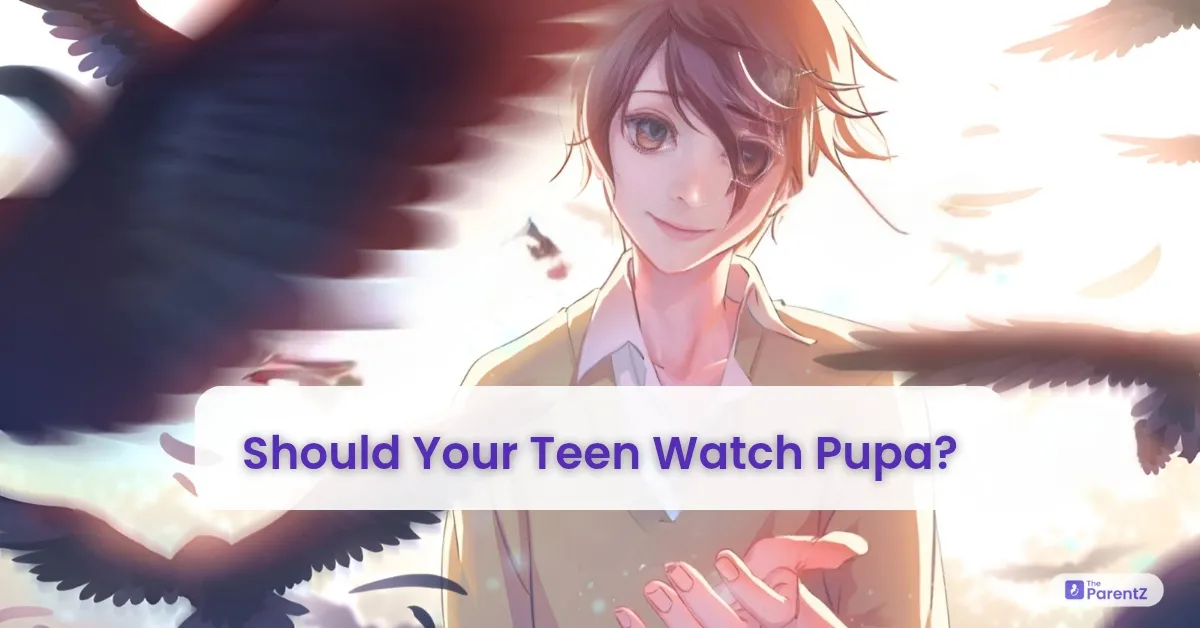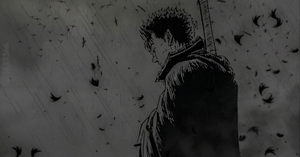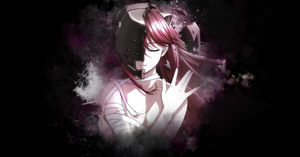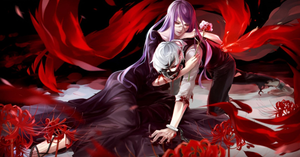A Parental Guide to Body Horror, Codependency, and Unspoken Abuse
Introduction
There are horror anime that scare you. Then there are those that disturb you—and Pupa falls squarely into the latter. Often cited as one of the most unsettling anime ever made, Pupa is short in runtime but heavy in psychological and emotional weight.
With disturbing themes including body horror, cannibalism, and an emotionally abusive sibling dynamic, it’s the kind of series that makes even adult viewers uncomfortable. While it may be packaged as just another horror show, Pupapresents deeper layers of emotional trauma that can easily go unnoticed—or misunderstood—by teen viewers.
Overview
Pupa follows two siblings, Utsutsu and Yume, who are infected by a strange virus. This virus turns Yume into a flesh-eating monster, while Utsutsu gains regenerative powers. The twisted setup leads Utsutsu to willingly let his sister feed on his ever-healing body in order to “help her control herself.”
That’s the story in a nutshell—but what unfolds is less about survival and more about the disturbing nature of self-sacrifice and codependence, masked under the guise of familial love. The episodes are short (under five minutes), but each packs an emotional and visual punch that lingers long after the credits roll.
Themes
1. Body Horror and Cannibalism
This anime doesn’t ease into its horror. From the very first episode, Pupa indulges in graphic, almost grotesque scenes of Yume tearing into her brother’s flesh. While stylized, it’s still raw and shocking—especially for younger or sensitive viewers. The repetitive nature of these scenes makes the show feel more like a visual metaphor than a narrative, but the shock never really wears off.
2. Codependency and Emotional Abuse
At the emotional core of the anime is the dynamic between Utsutsu and Yume. On the surface, it might read as unconditional sibling love. But if you look closer, it’s about guilt, enabling, and a deeply unhealthy attachment. Utsutsu’s pain is never acknowledged. His only role becomes sacrificing himself—repeatedly—for his sister’s well-being. This “devotion” is disturbing in its silence.
3. Repressed Trauma
Much of the anime hints at childhood abuse, emotional neglect, and repressed psychological scars. It’s never openly addressed, but it lingers like smoke in every scene. What’s troubling is that these traumatic elements are used more as atmosphere than narrative fuel—leaving young viewers confused about what they’re actually watching.
Age Preference
Recommended for: Adults 18+
Even though the animation style may seem tame compared to other adult anime, the content—both explicit and implied—is emotionally unsettling and psychologically dark. There’s no real moral compass or comforting resolution, which makes it too heavy for teens still learning to process layered trauma narratives.
Who Should Not Watch
- Teens under 18
- Anyone with a history of abuse or trauma (emotional or physical)
- Viewers sensitive to body horror or gore
- Anyone looking for character growth, redemption arcs, or meaningful resolution
This isn’t an anime that explains itself. It shows you its darkness and leaves you with it. That ambiguity can be especially harmful for teens who may internalize the self-sacrifice as something noble or romantic.
Lessons From It
If one strains to extract meaning, Pupa could be seen as a metaphor for the toll of unresolved trauma and the dangers of carrying another person’s burden entirely on your shoulders. Utsutsu’s endless sacrifice may reflect what happens when emotional boundaries are never taught—and pain is normalized.
But here’s the challenge: the anime never gives the viewer space to question this dynamic. There’s no voice of reason, no contrast, no support system. So whatever “lesson” exists is buried under silence and suffering.
In that silence, young viewers may walk away with the wrong impression: that love means pain, that help means erasure, that the only way to save someone is to lose yourself.
Conclusion
Pupa is not for teens. Not because teens can’t handle horror—but because this is the kind of horror that sneaks past your eyes and settles into your subconscious. The themes aren’t just dark—they’re emotionally misleading if not unpacked properly.
If your teen asks about it, don’t just say no—talk to them. Ask why it interests them. Help them understand that Pupa is less a story and more a raw emotional scream. And unless you’re ready to explain what it all means, it’s a scream better heard with caution—or perhaps, not heard at all.








Be the first one to comment on this story.